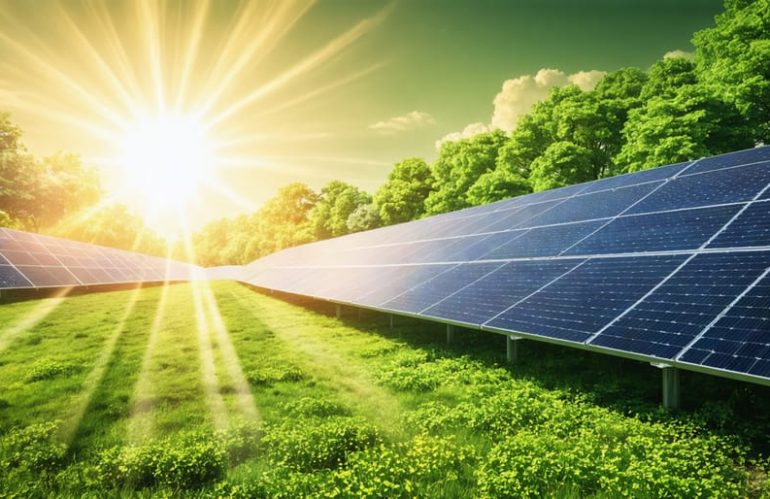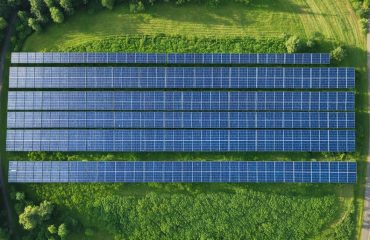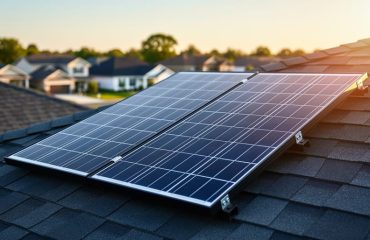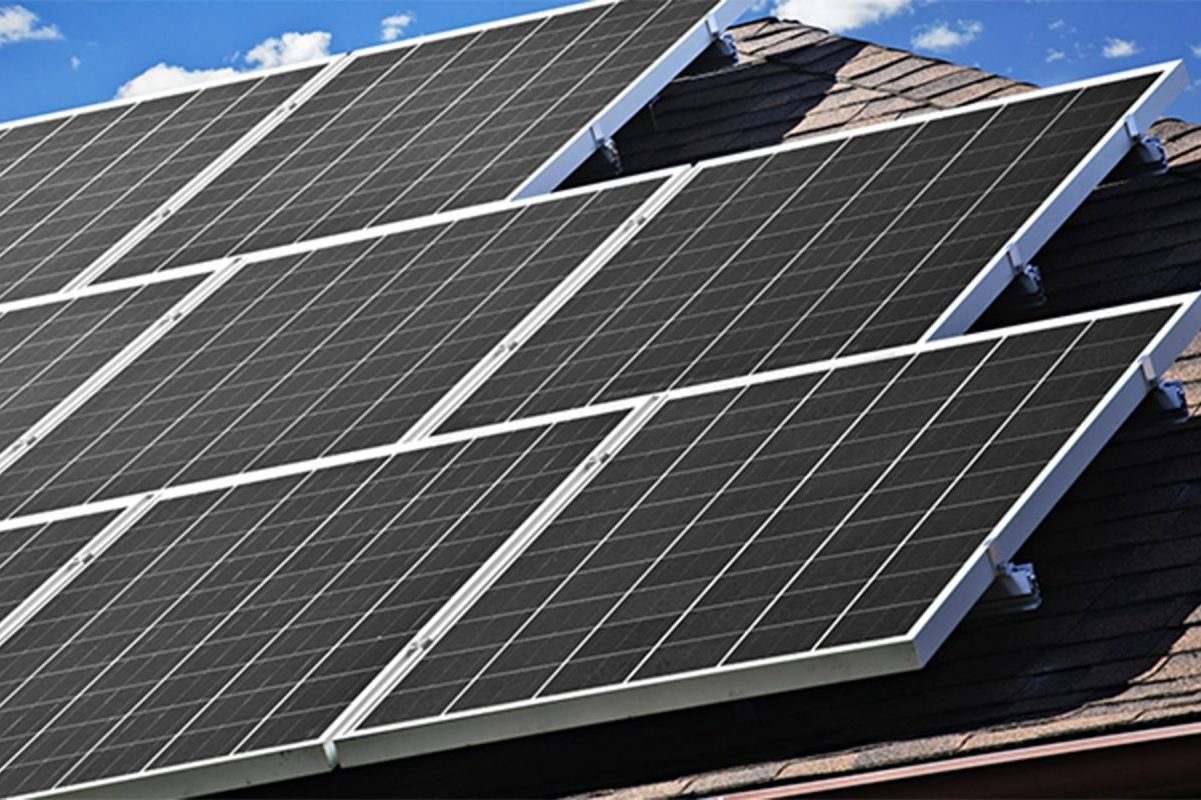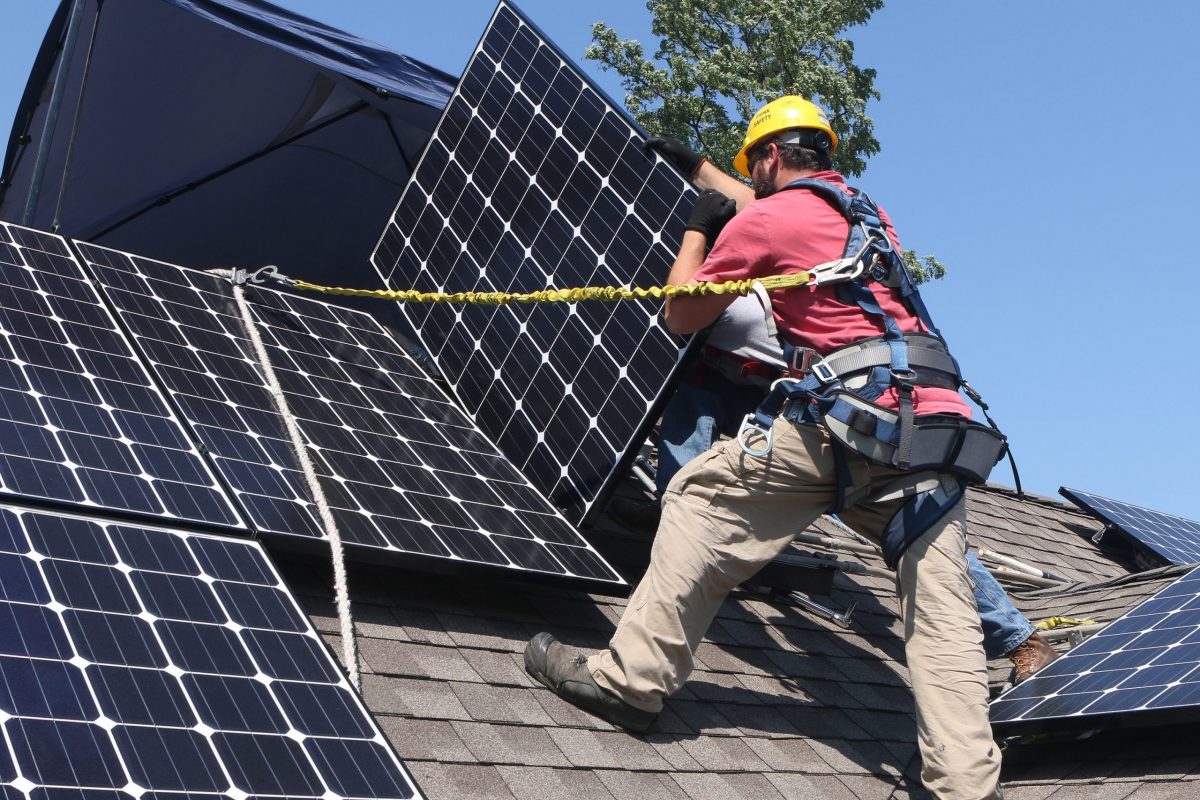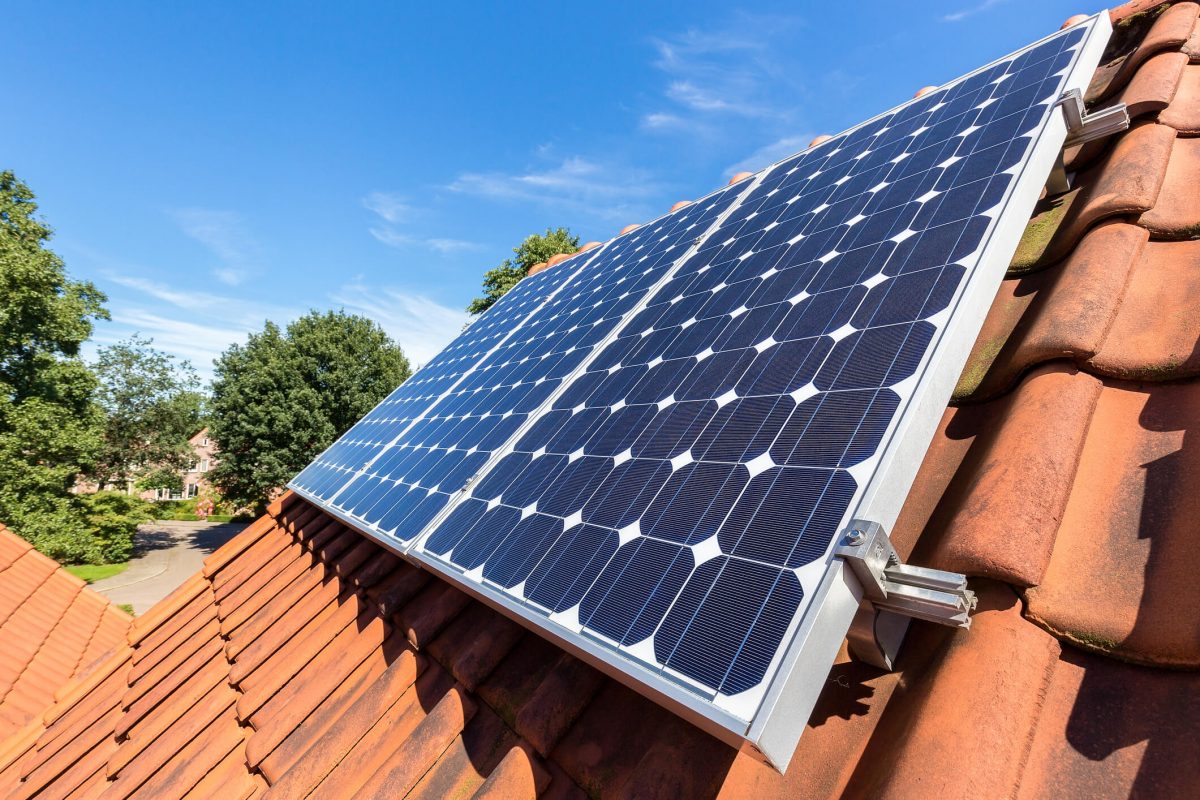Solar energy represents a fascinating intersection between natural ecosystem services and human technological innovation. While traditional ecosystem services like pollination, water purification, and carbon sequestration occur naturally, solar energy harnesses a fundamental ecological process – the Sun’s radiation – through human-engineered systems.
Understanding solar energy as an ecosystem service challenges our conventional definitions while opening new perspectives on sustainable resource management. The Sun’s constant energy flow, which powers photosynthesis and drives Earth’s climate systems, can now be captured and converted into electricity through solar panels, providing clean, renewable power for millions of homes.
Unlike fossil fuels that deplete natural resources, solar energy taps into an endless natural cycle without disrupting essential ecosystem functions. This sustainable approach aligns with nature’s own energy distribution systems, offering a unique hybrid between technological advancement and ecological processes.
For homeowners and environmentally conscious individuals, this means accessing a clean energy source that works in harmony with natural systems while reducing carbon footprints and energy costs. By viewing solar power through the lens of ecosystem services, we better appreciate its role in supporting both human needs and environmental sustainability.
How Solar Energy Functions as a Natural Resource
The Sun’s Role in Earth’s Natural Systems
The Sun is Earth’s primary energy source, powering virtually every natural process on our planet. This incredible star delivers about 173,000 terawatts of energy to Earth each second – more than 10,000 times the world’s total energy consumption. This solar energy drives the water cycle, creating rain and snow that fill our rivers and lakes. It powers photosynthesis, allowing plants to convert sunlight into the food energy that sustains all life on Earth.
Through these processes, solar energy maintains our climate, powers weather patterns, and enables the growth of forests, grasslands, and crops. The sun’s warmth creates air pressure differences that generate wind patterns, which in turn help distribute heat and moisture around the globe. Ocean currents, also driven by solar energy, play a crucial role in regulating global temperatures and supporting marine ecosystems.
This natural solar-powered system has sustained life on Earth for billions of years, making it the most fundamental and reliable ecosystem service we have. Understanding this helps us appreciate how modern solar technology simply harnesses these same natural principles to create clean, renewable energy.
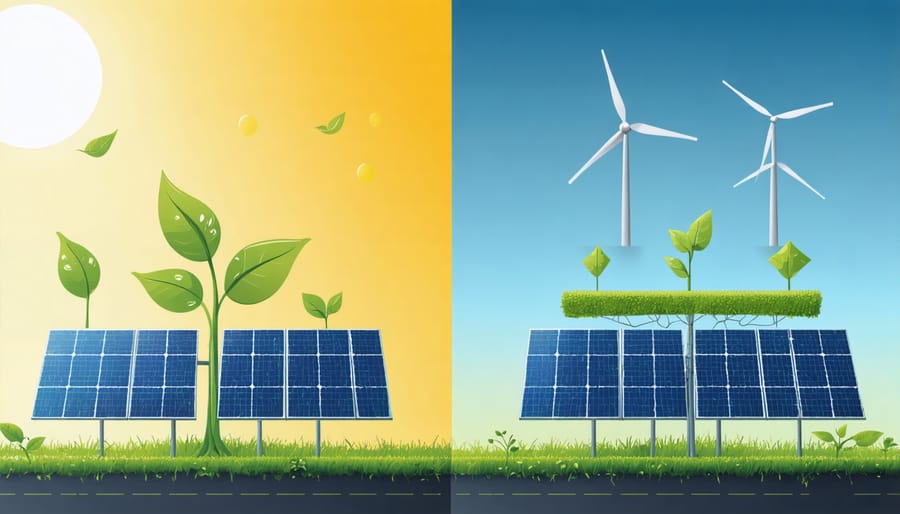
Converting Nature’s Power to Home Energy
Solar panels transform sunlight into usable electricity through a remarkably elegant process. When sunlight hits the silicon cells within solar panels, it triggers the movement of electrons, creating an electric current. This direct current (DC) is then converted to alternating current (AC) by an inverter, making it compatible with your home’s electrical system.
Modern solar technology has made this natural energy conversion more efficient than ever. A typical residential solar setup can capture enough energy during daylight hours to power your home and even store excess energy for nighttime use. The panels work silently and automatically, requiring minimal maintenance while consistently delivering clean energy to your home.
What’s particularly fascinating is how solar panels can generate electricity even on cloudy days, though at reduced efficiency. The best part? This technology doesn’t deplete the sun’s energy – it simply captures a tiny fraction of the enormous amount of solar energy that naturally reaches Earth every day, making it one of the most sustainable ways to power our homes.
Benefits Beyond Electricity Generation
Reducing Environmental Impact
Solar energy plays a crucial role in preserving other ecosystem services by reducing our reliance on traditional energy sources that harm the environment. When homeowners switch to solar power, they help protect vital natural resources and maintain the delicate balance of local ecosystems.
By generating clean electricity from the sun, solar panels significantly decrease carbon emissions that contribute to climate change. This reduction helps preserve air quality, protects plant life, and maintains healthy conditions for pollinating insects – all essential components of functioning ecosystems.
Water conservation is another significant benefit of solar energy. Unlike traditional power plants that require massive amounts of water for cooling, solar panels need minimal water for maintenance. This helps preserve local water supplies and protects aquatic ecosystems that provide important services like water purification and flood control.
Solar installations can also protect soil quality and biodiversity. When properly placed, ground-mounted solar arrays can create wildlife corridors and provide shelter for local species. Many solar farms incorporate native plants and create pollinator-friendly environments, supporting local ecosystem services while generating clean energy.
By reducing the need for mining and drilling, solar energy helps preserve natural habitats and prevents the disruption of ecosystem services in resource-rich areas. This protection extends to forests, wetlands, and other vital ecosystems that provide essential services like carbon sequestration and water regulation.
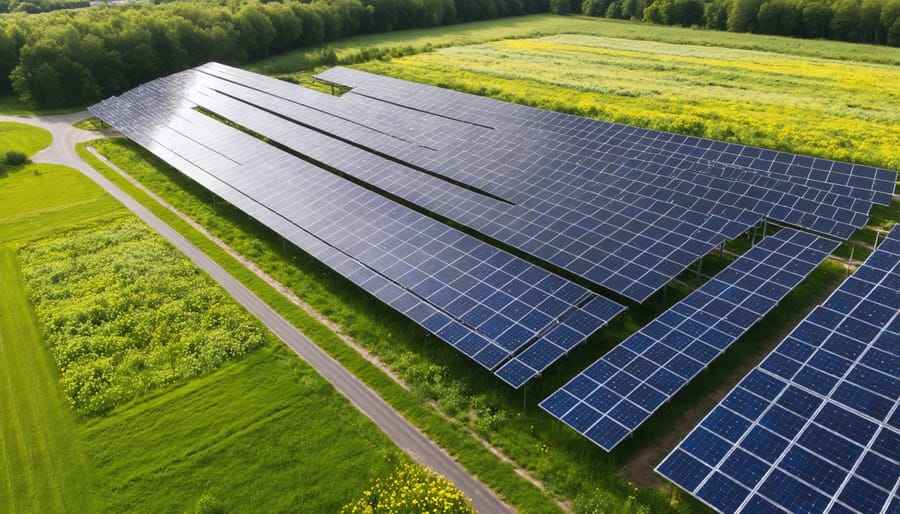
Supporting Local Wildlife and Habitats
Solar installations can actually enhance local ecosystems when thoughtfully implemented. Many solar facilities now incorporate native plant species beneath and around panels, creating new habitats for pollinators like bees and butterflies. These “pollinator-friendly” solar farms help support local biodiversity while generating clean energy.
Innovative approaches like agrivoltaics – combining solar panels with agriculture – allow for dual land use. Sheep can graze between panel rows, maintaining vegetation while benefiting from shade. Some facilities even incorporate beekeeping or grow shade-tolerant crops, maximizing land productivity while preserving natural habitats.
Wildlife corridors can be maintained through strategic panel placement, allowing animals to move freely through solar installations. Proper fencing and spacing between arrays ensure larger animals can navigate safely, while smaller creatures find new shelter opportunities. Through community solar initiatives, developers are increasingly working with local environmental groups to ensure projects benefit both renewable energy goals and ecosystem preservation.
Solar installations can also help protect sensitive habitats by reducing the need for destructive fossil fuel extraction. When properly sited on already-developed land, brownfields, or marginal agricultural areas, solar projects minimize habitat disruption while creating new opportunities for wildlife to thrive alongside clean energy production.
Solar Energy’s Role in Essential Services
Powering Healthcare and Emergency Services
Solar energy is revolutionizing how critical healthcare facilities and emergency services operate, making them more resilient and sustainable. Hospitals, clinics, and emergency response centers are increasingly turning to essential services powered by solar to ensure uninterrupted operation during grid failures and natural disasters.
Many hospitals have installed solar panels combined with battery storage systems to maintain power for vital medical equipment, emergency lighting, and temperature-controlled medication storage. This renewable energy solution proves particularly valuable in remote areas where grid connectivity is unreliable or during extreme weather events that can disrupt traditional power supplies.
Emergency response centers benefit from solar installations by maintaining communications systems and powering essential equipment during crises. Mobile solar units are increasingly deployed in disaster zones to provide immediate power for medical treatment, water purification, and emergency communications.
Rural health clinics have found solar energy to be a game-changer, enabling them to operate medical equipment and maintain vaccine refrigeration without depending on unreliable grid connections. This sustainable approach not only ensures continuous care delivery but also reduces operational costs, allowing healthcare providers to allocate more resources to patient care.
The integration of solar power in these critical facilities demonstrates how renewable energy can enhance community resilience while supporting vital public services. This dual benefit of environmental sustainability and operational reliability makes solar energy an invaluable ecosystem service for modern healthcare and emergency response systems.

Ensuring Reliable Home Services
Solar energy stands out as a reliable solution for maintaining essential home services, offering homeowners a consistent and sustainable power supply. Unlike traditional grid systems, solar installations with battery storage provide uninterrupted access to electricity, even during utility outages. This independence is particularly valuable for keeping critical home systems running, from refrigeration to medical equipment.
Modern solar systems are designed to seamlessly integrate with existing home infrastructure, ensuring that daily activities continue without disruption. With advanced monitoring systems, homeowners can track their energy production and consumption in real-time, making it easier to manage household power needs effectively.
The reliability of solar power extends beyond everyday use, as demonstrated by disaster-ready solar solutions that maintain power during extreme weather events or grid failures. This resilience is particularly valuable for homes in areas prone to power outages or natural disasters.
Solar installations also provide consistent hot water heating, climate control, and lighting solutions throughout the year. With proper sizing and installation, these systems can meet 100% of a household’s electricity needs, offering peace of mind and energy security. The combination of reliability and sustainability makes solar power an invaluable asset for maintaining comfortable, functional homes while contributing to environmental conservation.
Solar energy stands as a remarkable example of how modern technology can work in harmony with natural ecosystem services while providing essential benefits to human society. By harnessing the sun’s power, we not only tap into a renewable resource that nature freely provides but also support the delicate balance of our ecosystem by reducing reliance on fossil fuels and minimizing environmental impact.
As we’ve explored throughout this article, solar energy serves dual roles: as a natural ecosystem service that supports life on Earth and as a practical solution for our growing energy needs. For homeowners and environmentally conscious individuals, this means that investing in solar technology isn’t just about reducing electricity bills – it’s about participating in a larger movement toward sustainable living that benefits both our planet and our communities.
The beauty of solar energy lies in its accessibility and adaptability. Whether it’s powering a single home or an entire neighborhood, solar solutions can be scaled to meet various needs while maintaining their positive environmental impact. As technology continues to advance and become more affordable, solar energy increasingly represents a bridge between preserving our natural ecosystems and meeting our modern energy demands.
By embracing solar energy, we’re not just choosing an alternative power source – we’re actively supporting and enhancing the ecosystem services that sustain our planet while securing a cleaner, more sustainable future for generations to come.

